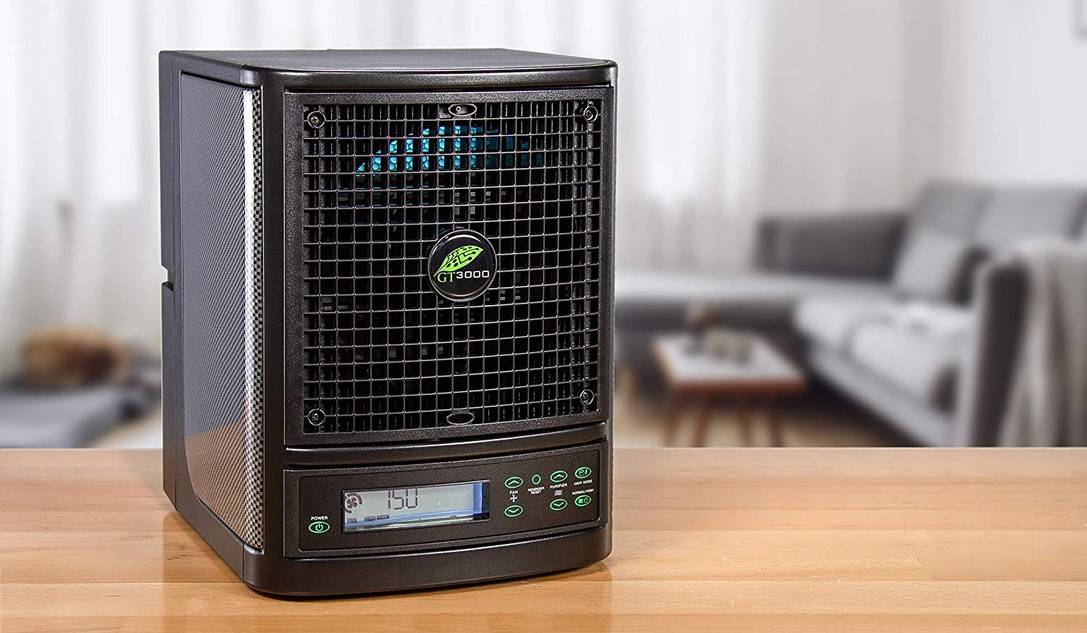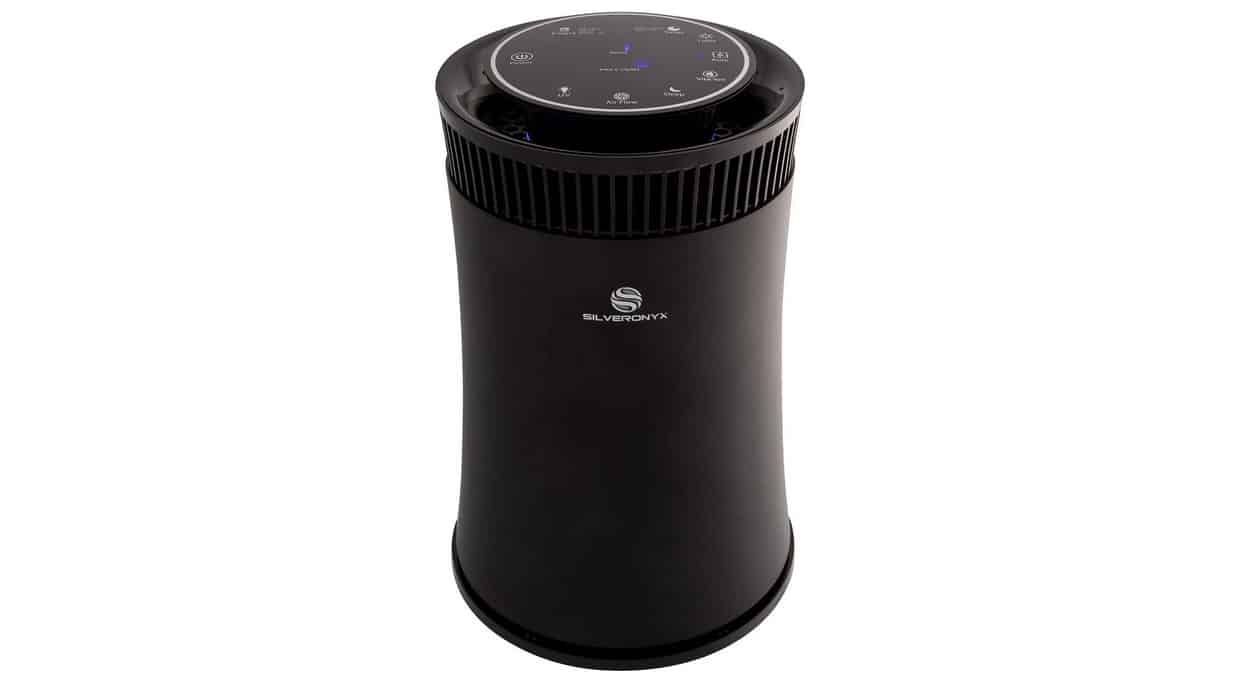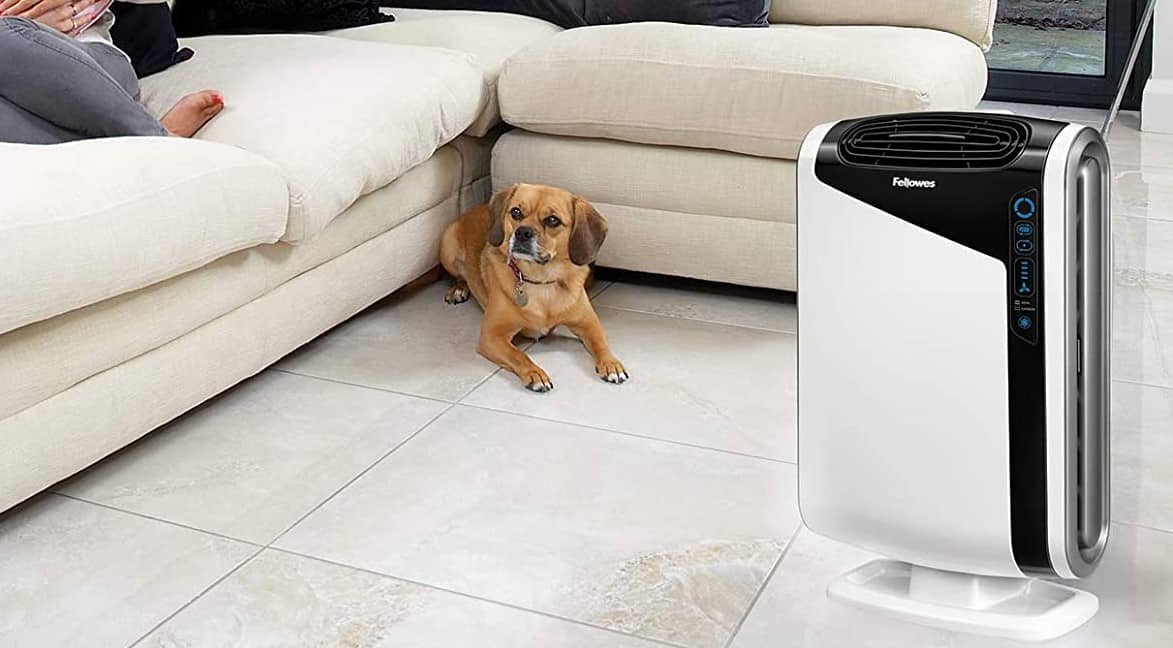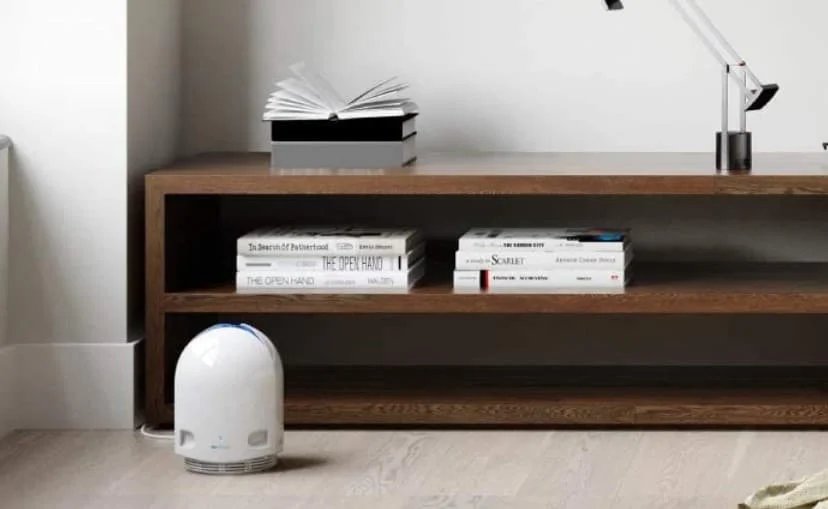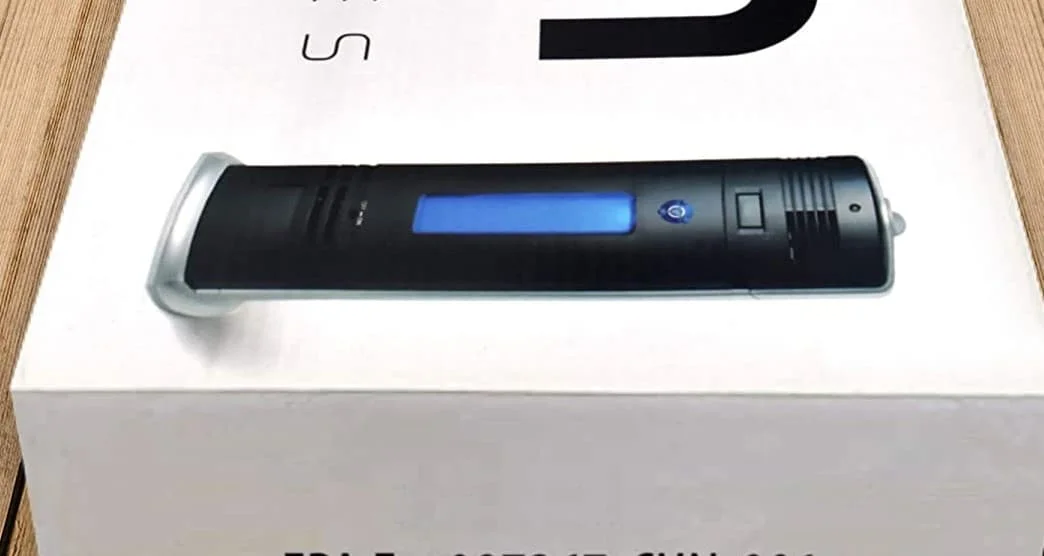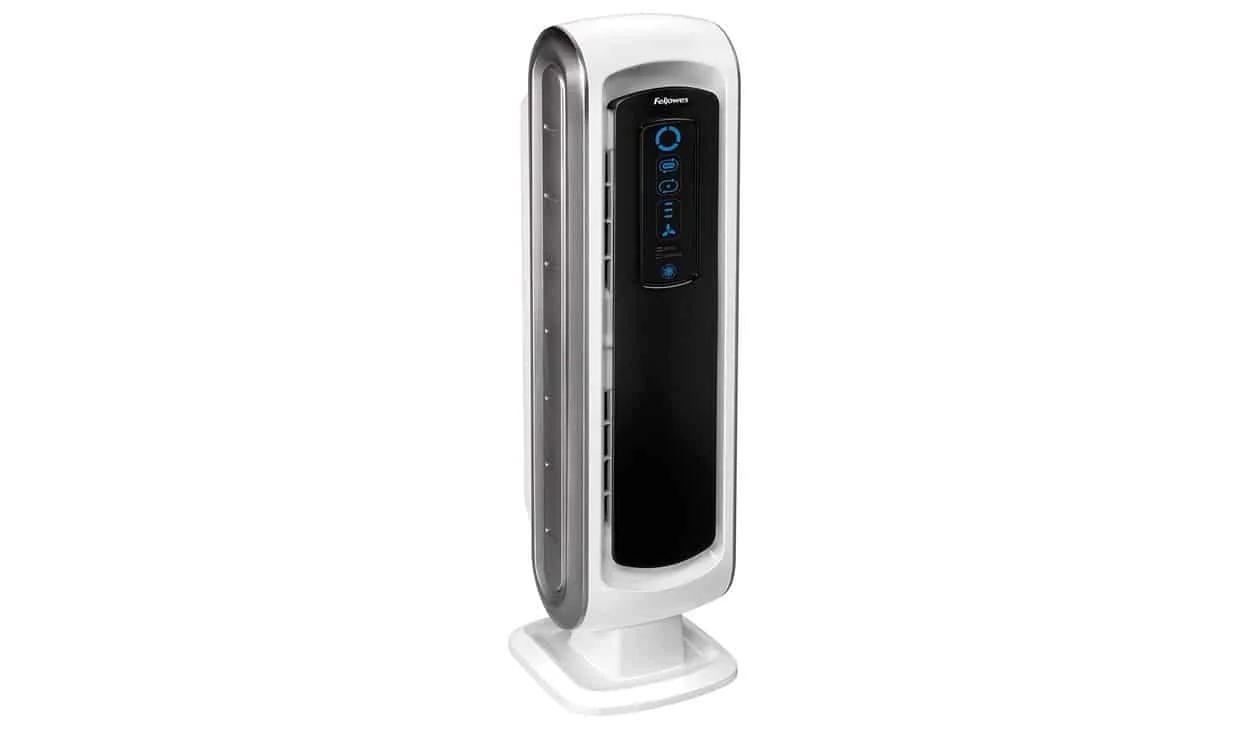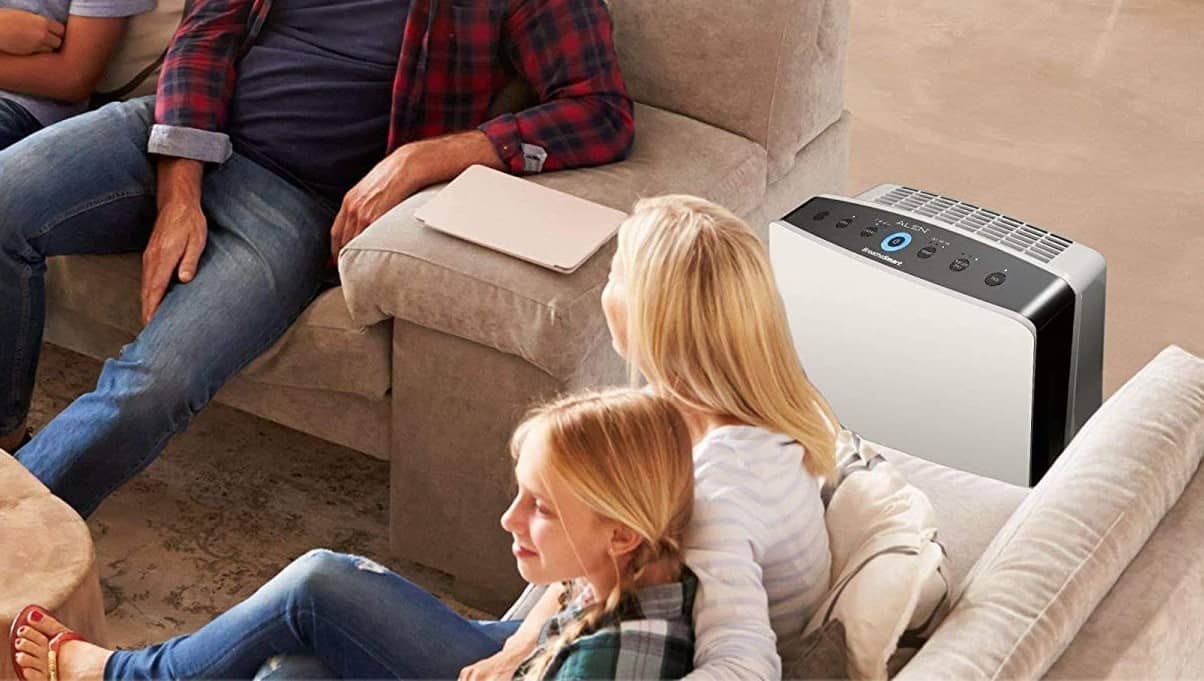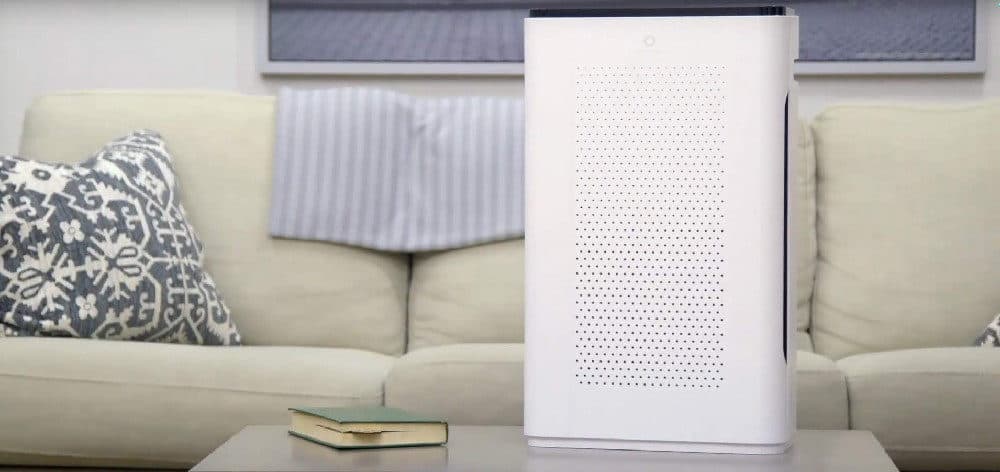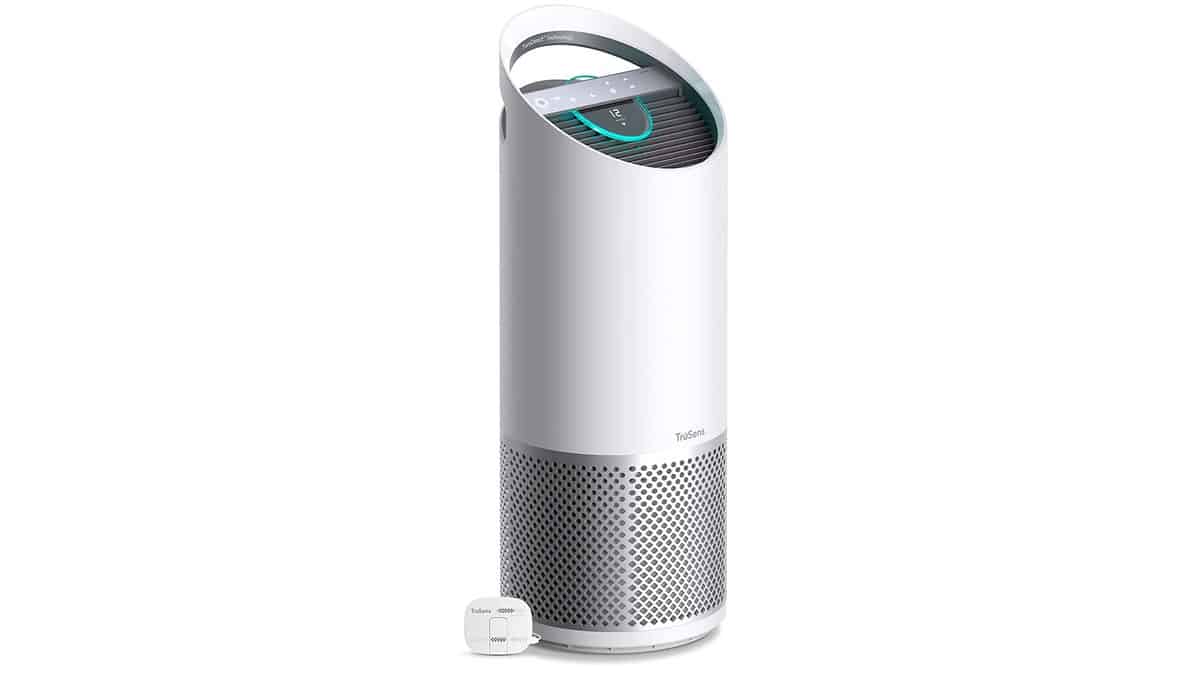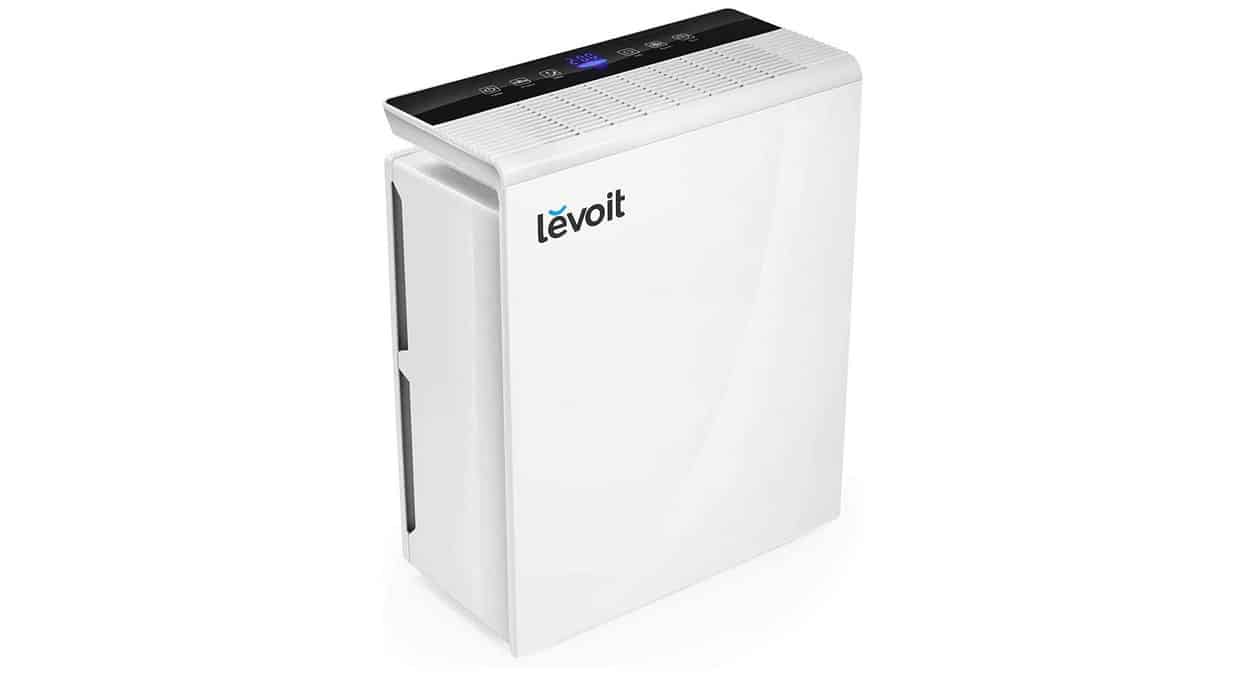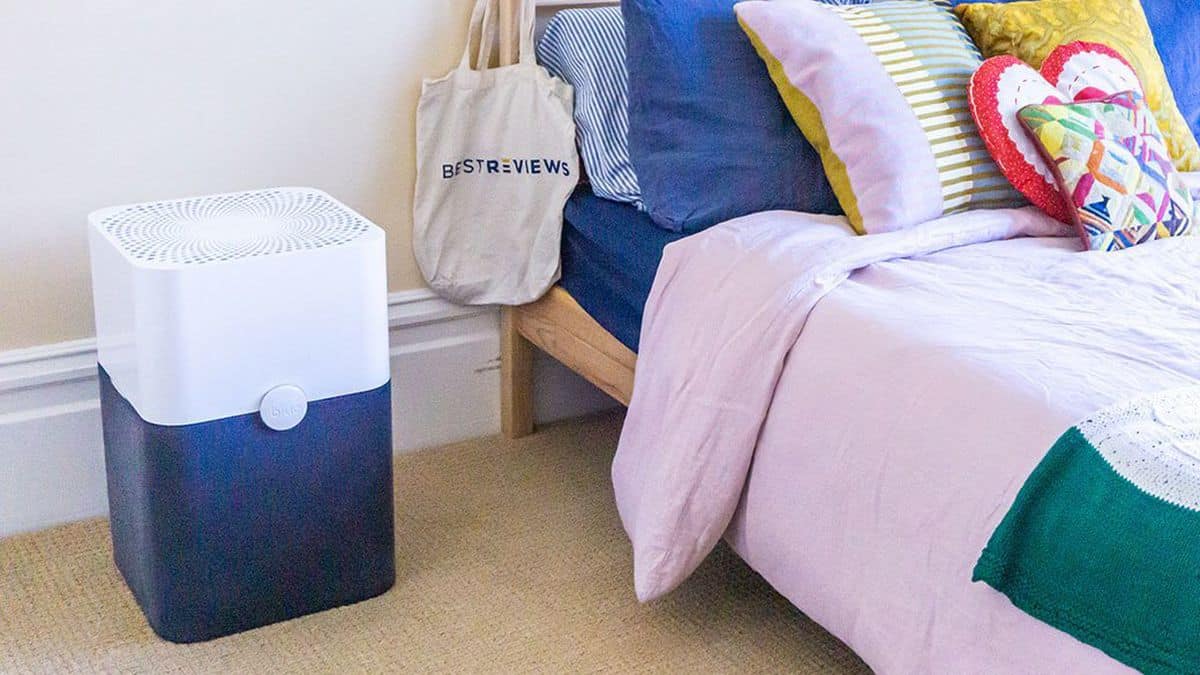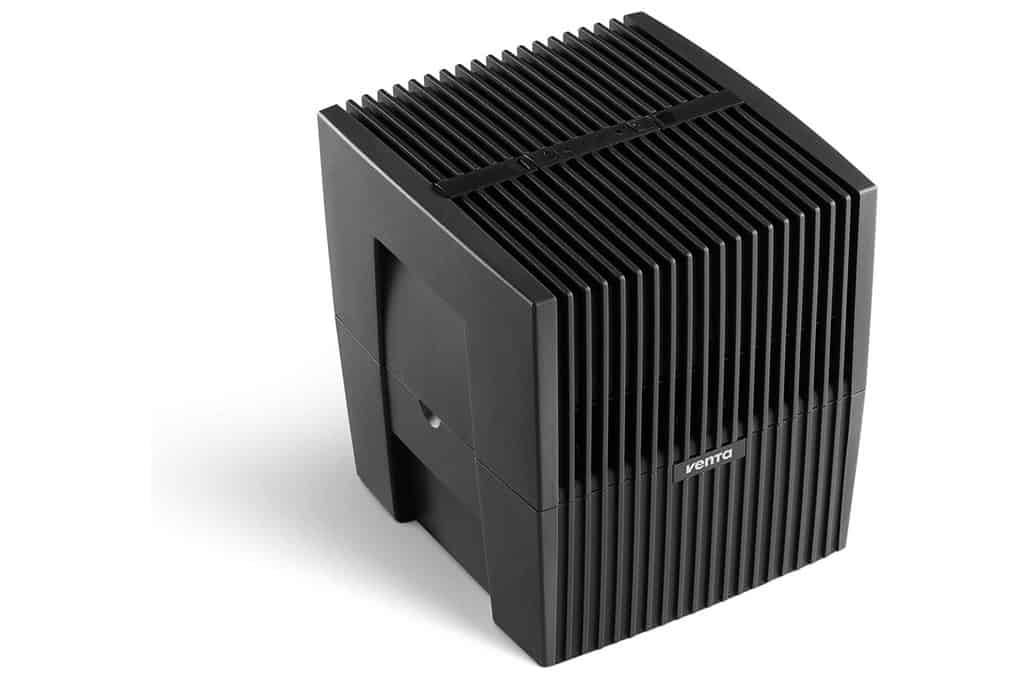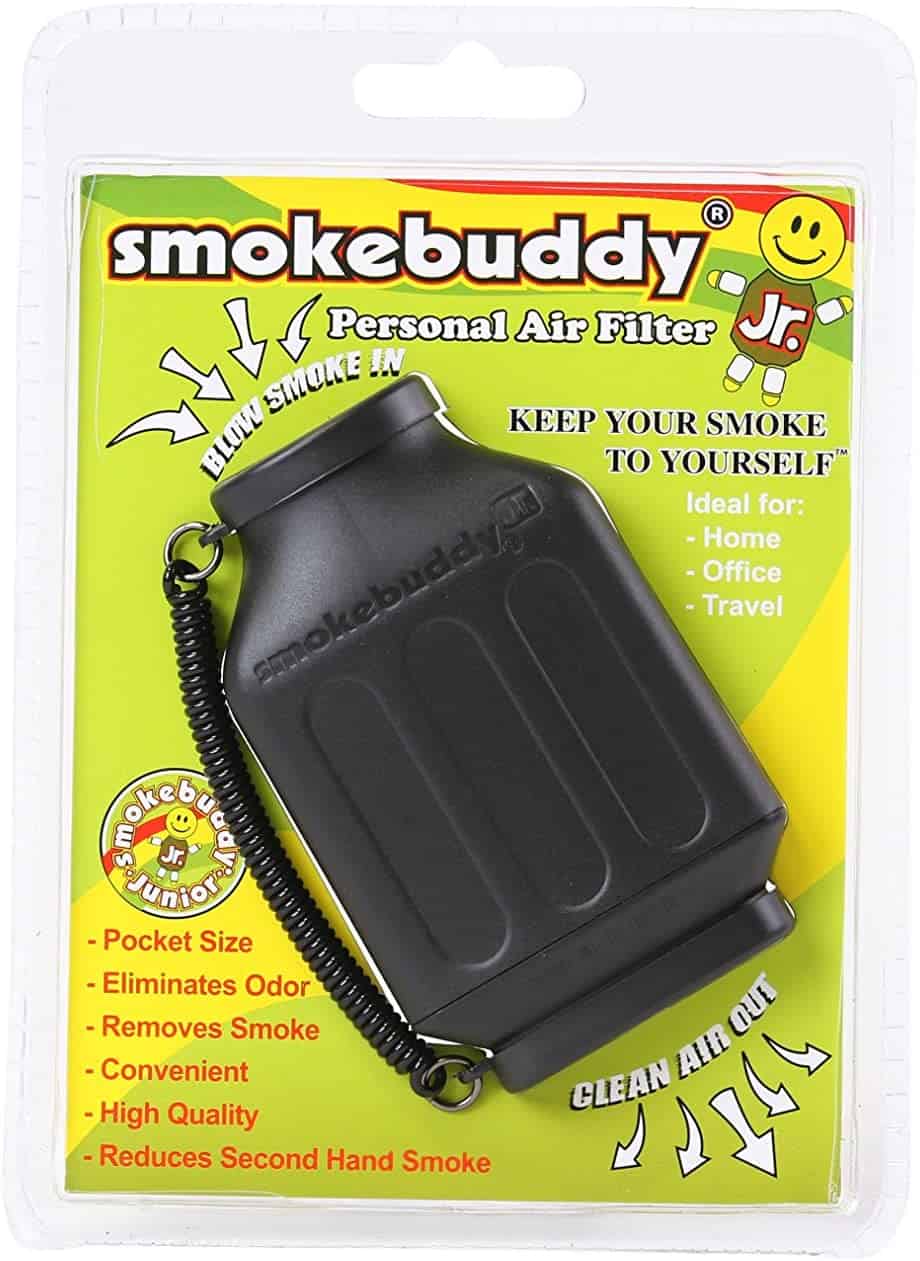When searching for the best air purifier, you may find yourself confused by the industry’s jargon. You may ask, “what is the difference between an air purifier and an air cleaner?” To explore the difference, you should recognize the difference between filtration techniques and purification technology. Air purifiers and air cleaners target dust mites, tobacco smoke, mold, mildew, and other allergens.
KEY TAKEAWAYS:
- Air purifiers eliminate organic compounds to improve indoor air quality through the use of ionizing, ultraviolet, or ozone generation technology.
- Air cleaners reduce contaminants in the air through filtration, in which air passes through the filter and particles are snagged on the fibers.
- Some believe that air purifiers and air cleaners have virtually the same meaning, a common thought process since many air purifiers use purification technology and filters
Difference Between Air Cleaners And Air Purifiers
To some people, there is no difference between air purifiers and air cleaners, and the two terms are used interchangeably. However, others argue that the difference lies in the way the device cleans the air. Air cleaners work to eliminate airborne particles by filtration, such as with a HEPA or activated carbon filter. On the other hand, air purifiers remove indoor air pollutants through ionization, ultraviolet light, or ozone generation, with varying degrees of success. Additionally, you may be interested in the difference between an ozone generator and an air purifier. Or, a HEPA vs ionic air purifier and a UV vs ozone air purifier.
Insider Tip
Air purifiers and cleaners mean basically the same thing, though some distinguish them by the method of purification.
Air Cleaners with Filtration Technology
Most air cleaners feature a high-efficiency particulate air (HEPA) filter that eliminates airborne contaminants. Others use an activated carbon filter to reduce odors and volatile organic compounds from gas streams. Both of these filters trap particles within the filter’s fibers, but HEPA filters must eliminate 99.97% of all particles 0.3 microns in size or larger. If a filter does not meet the HEPA certification requirements, some brands may advertise them as “HEPA-type” or “HEPA-style.” You may want to find out more about water air purifiers vs. filters to understand the effect of a filter.
Air Purifier Technology
A device that uses specialized technology to eliminate pollutants is referred to as an air purifier. Many air purifiers, like the leading UV air purifiers, feature HEPA or activated carbon filters or both types in the device, which further reduces the contaminants in the air. Ozone generators, ionizers, electrostatic precipitators, and ultraviolet “sanitizers” fall under this category. Each of these methods uses different approaches to purification, though electrostatic precipitators and ionic air purifiers share part of their processes.
Ozone Generators for Air Purification
As far as air purifiers go, ozone generators seem like the least effective and least safe option. According to the EPA, ozone generators operate within safe levels of ozone, but these levels are not enough to influence chemical pollutants without long-term use. Additionally, ozone devices, like great car air purifiers, do not eliminate or collect airborne particulates. Therefore, consumers who use ozone generators for extended periods may expose themself to potentially harmful ozone levels.
How Electronic Air Purifiers Work
Air ionizers, also known as ionic air purifiers, emit a negative electrical charge, affecting the charge of the particles in the air to improve indoor air quality. Unfortunately, these air particles stick to nearby surfaces, including walls, carpets, and clothes, drawing concern about whether they truly help. Electrostatic precipitators work similarly, but the particles stick to the opposingly charged collection plate. The portable air purifier also produces some ozone at a much lower level than an ozone generator. However, users should still be wary of running an ionizer long-term.
Ultraviolet Sanitizers
Air purifiers with ultraviolet light utilize UV-C light to destroy particles. The device pulls air into the purifier, where the pollutants are irradiated. Once irradiated, the appliance exposes the particles to UV-C light, which affects living organisms and cells. It is particularly effective against mold and mildew. However, this air cleaner does not expose the user to UV-C light.
Warning
Ozone generators do not remove particles from the air, creating toxic ozone within the space.
F.A.Q.S
What’s the difference between an electronic air cleaner and a UV air purifier?
What’s the difference between an electronic air cleaner and a UV air purifier?
How do air purifiers impact your health?
Air purifiers that effectively eliminate indoor air pollution can help to reduce allergens and asthma triggers, reducing respiratory symptoms. However, some air purifiers produce ozone that can cause issues with coughing, sore throat, and lung problems in users with sensitivities.
What are other ways I can improve the air quality in my home?
You could try opening a window every once in a while on days that have good air quality to reduce indoor air pollutants. Additionally, keeping your house clean can improve the air quality as well.
STAT: This type of air filter can theoretically remove at least 99.97% of dust, pollen, mold, bacteria, and any airborne particles with a size of 0.3 microns (µm). (source)
REFERENCES:
- https://www.epa.gov/indoor-air-quality-iaq/air-cleaners-and-air-filters-home
- https://www.epa.gov/indoor-air-quality-iaq/ozone-generators-are-sold-air-cleaners
- https://doi.org/10.1111/j.1600-0668.2005.00364.xr
- https://oransi.com/blogs/blog/uv-light
- https://www.epa.gov/sites/default/files/2018-07/documents/residential_air_cleaners_-_a_technical_summary_3rd_edition.pdf

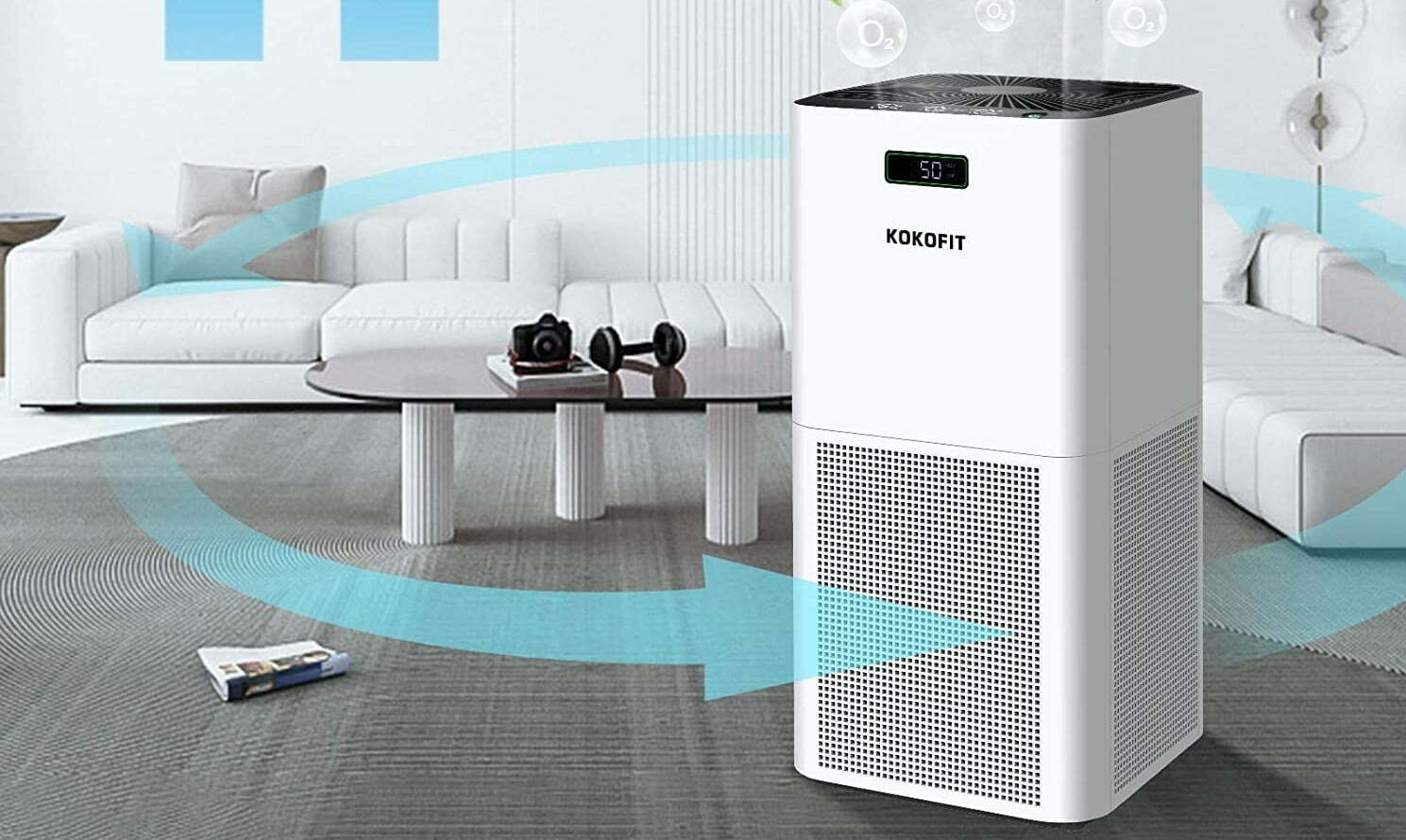














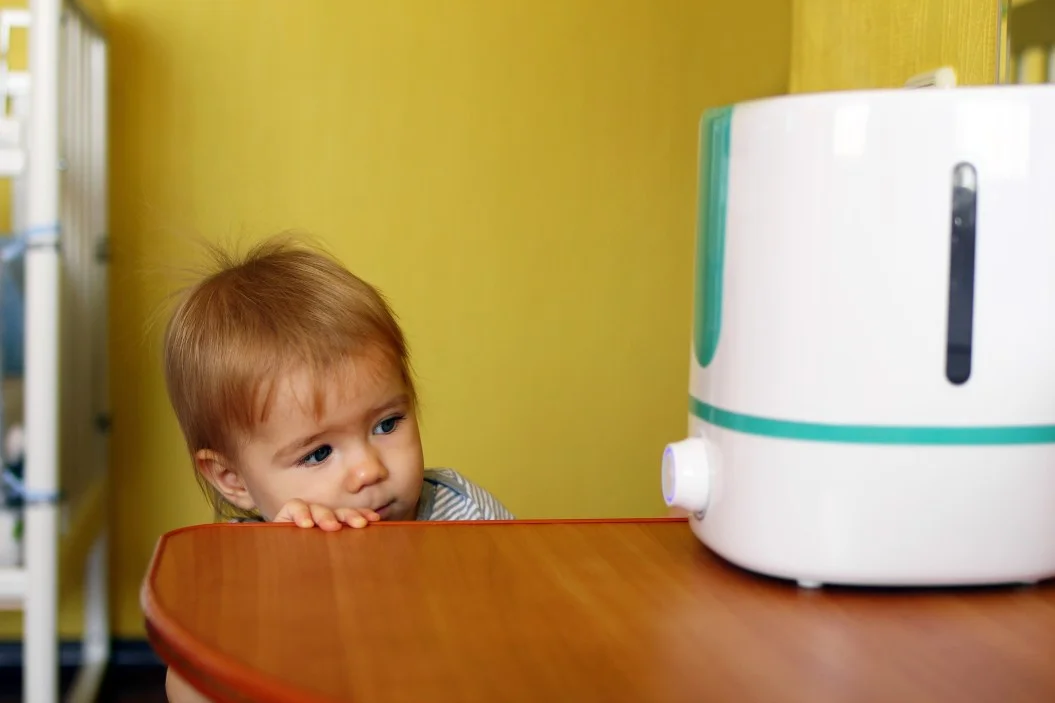

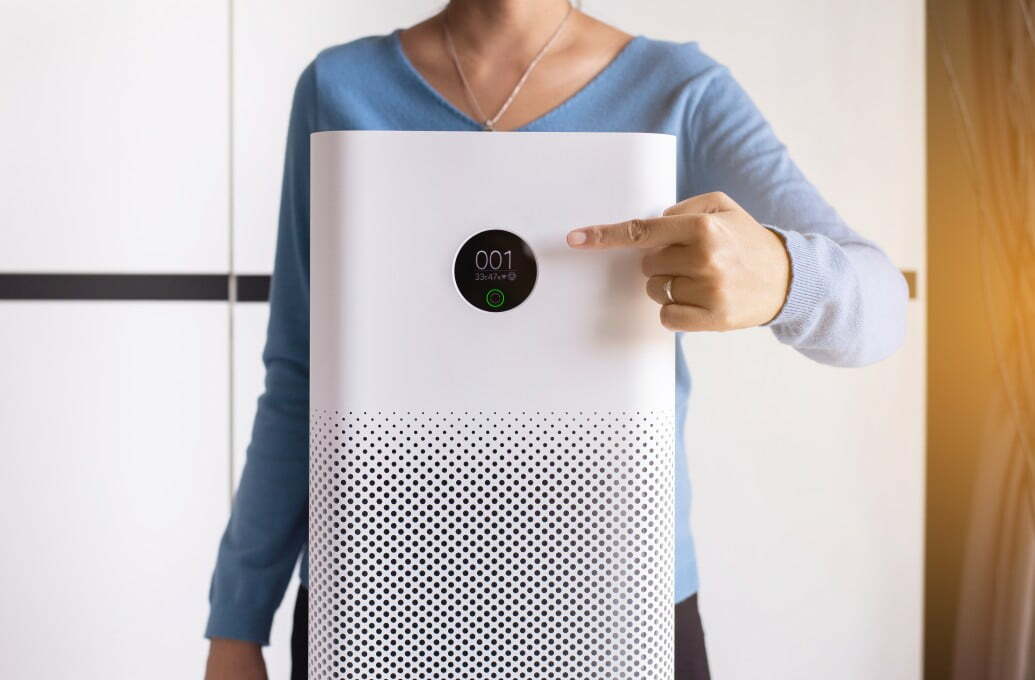
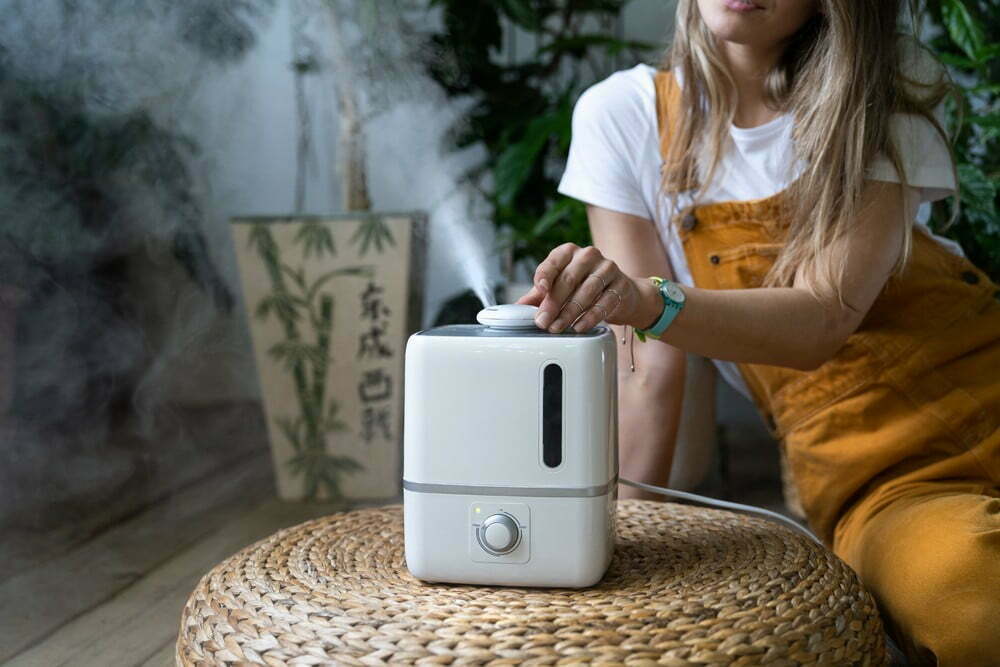




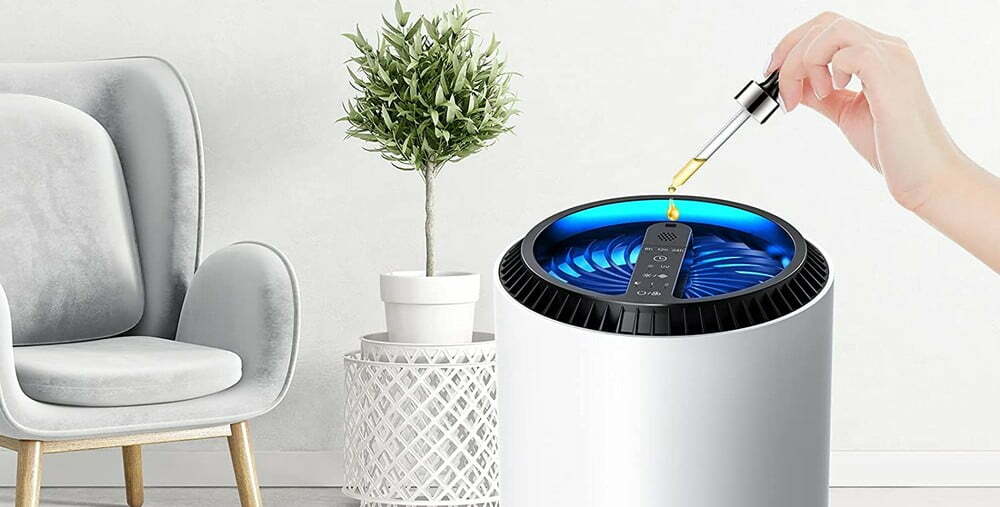



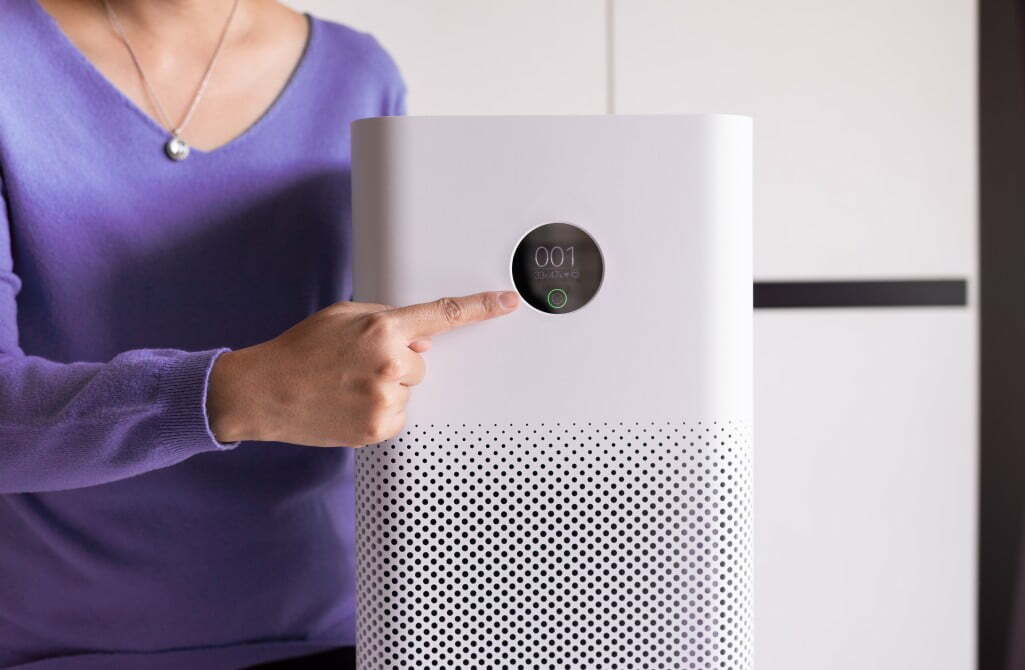



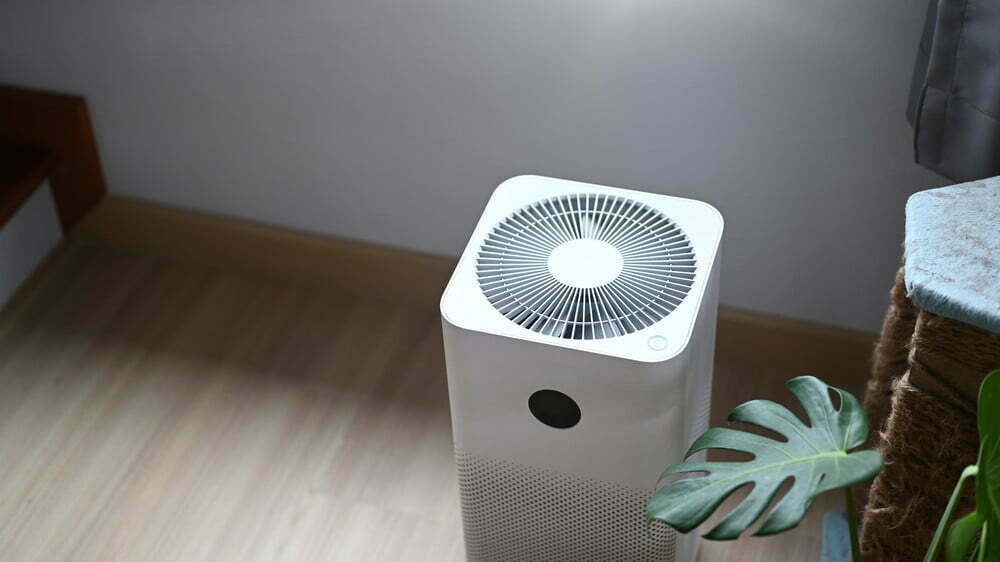
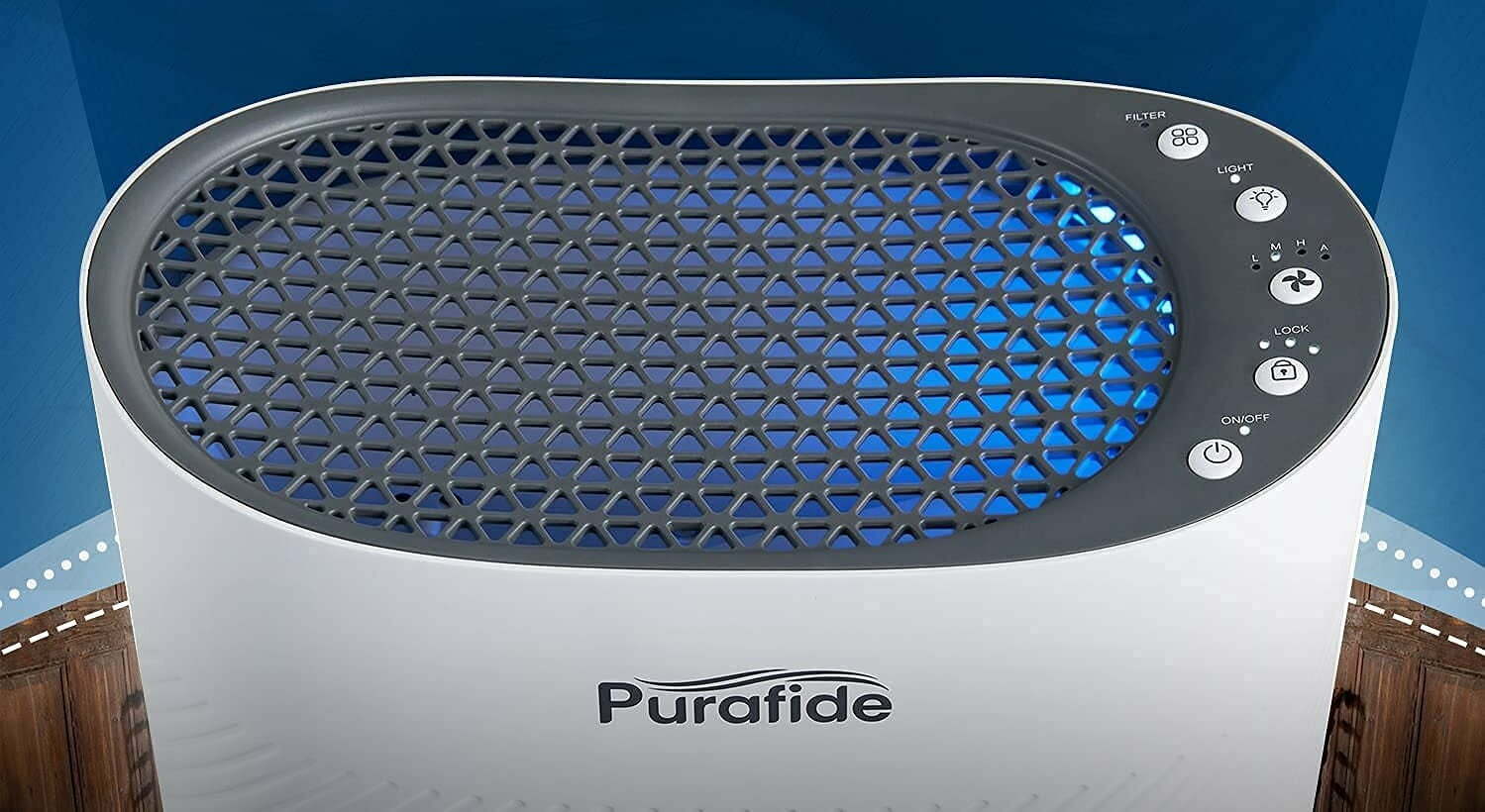
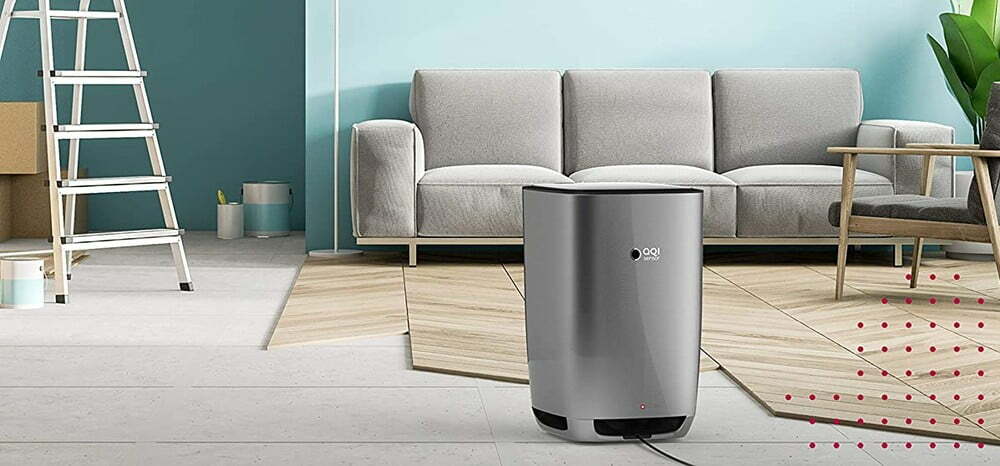
![Best Air Purifiers for VOCs and Formaldehyde in [year] 27 Best Air Purifiers for VOCs and Formaldehyde in 2025](https://www.gadgetreview.dev/wp-content/uploads/best-air-purifier-for-vocs-and-formaldehyde-image.jpg)
![Best Air Purifier in [year] ([month] Reviews) 28 Best Air Purifier in 2025 (December Reviews)](https://www.gadgetreview.dev/wp-content/uploads/Honeywell-True-HEPA-Allergen-Remover-HPA300-e1475603569442.jpg.webp)
![Best Air Purifiers for Dust in [year] 29 Best Air Purifiers for Dust in 2025](https://www.gadgetreview.dev/wp-content/uploads/best-air-purifier-for-dust-image.jpg)
![Best Honeywell Air Purifiers in [year] 30 Best Honeywell Air Purifiers in 2025](https://www.gadgetreview.dev/wp-content/uploads/best-honeywell-air-purifier-image.jpg)
![Best Germicidal Air Purifiers in [year] 31 Best Germicidal Air Purifiers in 2025](https://www.gadgetreview.dev/wp-content/uploads/best-germicidal-air-purifier-image.jpg)
![Best Filterless Air Purifiers in [year] 32 Best Filterless Air Purifiers in 2025](https://www.gadgetreview.dev/wp-content/uploads/best-filterless-air-purifier-image.jpg.webp)
![Best Levoit Air Purifiers in [year] 33 Best Levoit Air Purifiers in 2025](https://www.gadgetreview.dev/wp-content/uploads/best-levoit-air-purifier-image.jpg)
![Best Air Purifiers for Smoking Weed in [year] 34 Best Air Purifiers for Smoking Weed in 2025](https://www.gadgetreview.dev/wp-content/uploads/best-air-purifier-for-smoking-weed-image.jpg)
![Best Quiet Air Purifiers in [year] 35 Best Quiet Air Purifiers in 2025](https://www.gadgetreview.dev/wp-content/uploads/best-quiet-air-purifier-image.jpg.webp)
![Best Desktop Air Purifiers in [year] 36 Best Desktop Air Purifiers in 2025](https://www.gadgetreview.dev/wp-content/uploads/best-desktop-air-purifier.jpg)
![Best Dyson Air Purifiers in [year] 37 Best Dyson Air Purifiers in 2025](https://www.gadgetreview.dev/wp-content/uploads/best-dyson-air-purifier.jpg)
![Best Air Purifiers for Dorm Room in [year] 38 Best Air Purifiers for Dorm Room in 2025](https://www.gadgetreview.dev/wp-content/uploads/air-purifier-for-dorm-room-1.jpg)
![Best Air Purifiers for Office in [year] 39 Best Air Purifiers for Office in 2025](https://www.gadgetreview.dev/wp-content/uploads/best-air-purifier-for-office.jpg)
![Best Air Purifiers for Basement in [year] 40 Best Air Purifiers for Basement in 2025](https://www.gadgetreview.dev/wp-content/uploads/best-air-purifier-for-basement.jpg)
![Best Air Purifiers For Odor in [year] 41 Best Air Purifiers For Odor in 2025](https://www.gadgetreview.dev/wp-content/uploads/best-air-purifier-odor.jpg)
![10 Best Personal Air Purifiers in [year] 42 10 Best Personal Air Purifiers in 2025](https://www.gadgetreview.dev/wp-content/uploads/best-personal-air-purifiers.jpg)
![10 Best Plug In Air Purifiers in [year] 43 10 Best Plug In Air Purifiers in 2025](https://www.gadgetreview.dev/wp-content/uploads/best-plug-in-air-purifier-image.jpg.webp)
![10 Best Whole House Air Purifiers in [year] 44 10 Best Whole House Air Purifiers in 2025](https://www.gadgetreview.dev/wp-content/uploads/best-whole-house-air-purifier-image.jpg.webp)
![10 Best Large Room Air Purifiers in [year] 45 10 Best Large Room Air Purifiers in 2025](https://www.gadgetreview.dev/wp-content/uploads/Coway-Airmega-200M-Large-Room-Air-Purifier-900x900-1.png.webp)
![10 Best UV Air Purifiers in [year] 46 10 Best UV Air Purifiers in 2025](https://www.gadgetreview.dev/wp-content/uploads/best-uv-air-purifier.jpg)
